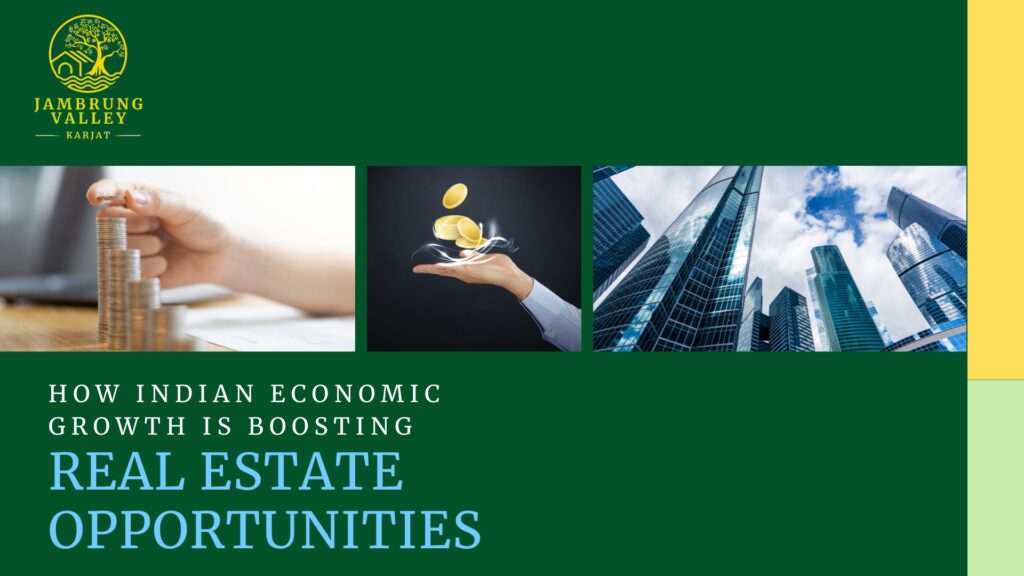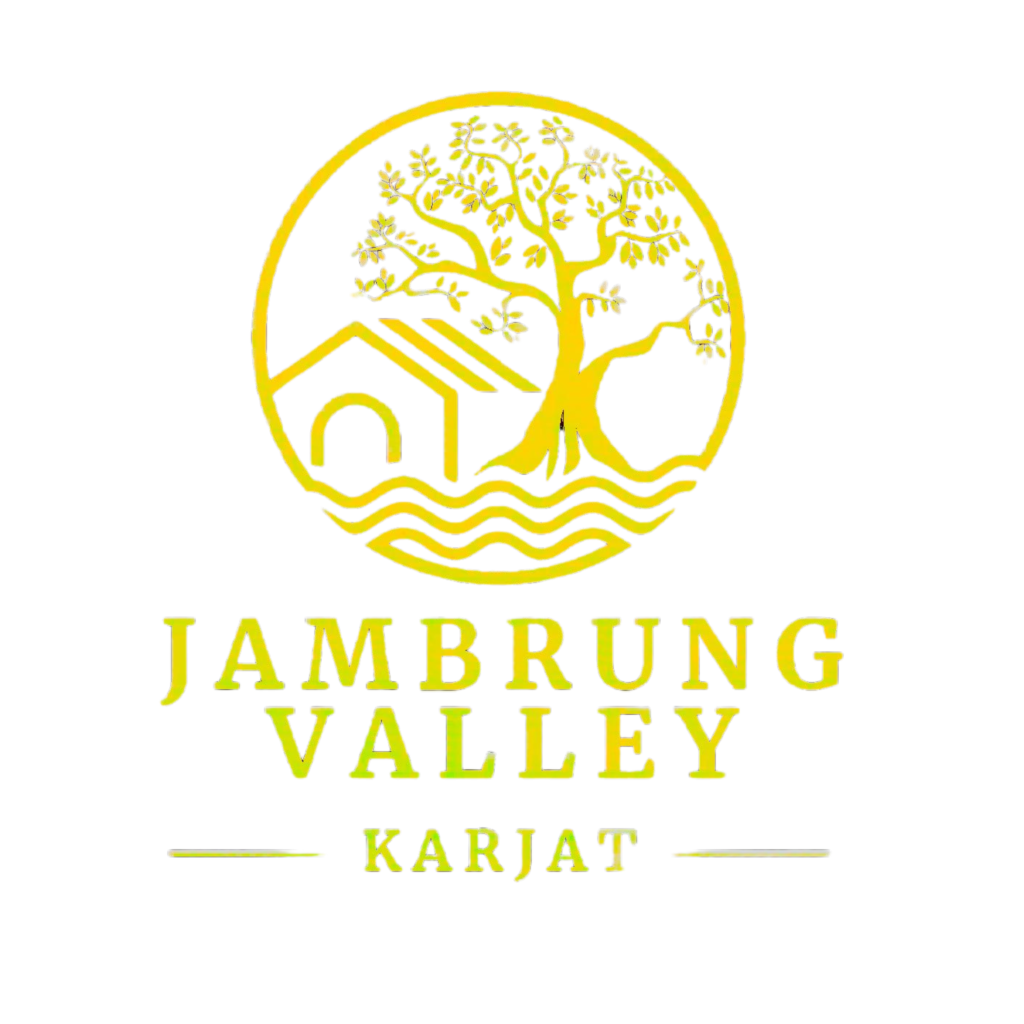
India’s economic landscape has witnessed a transformative surge in recent years, positioning itself as one of the fastest-growing economies in the world. This unprecedented growth has directly influenced the real estate sector, creating vast opportunities for investors, developers, and homeowners alike. With strategic reforms, infrastructural advancements, and favourable policies, the Indian real estate market stands as a pillar of growth in the national economy.
The Link Between Economic Growth and Real Estate Expansion
India’s robust economic growth has fostered a symbiotic relationship with the real estate sector. Rising GDP, increased per capita income, and a burgeoning middle class have fueled demand for residential, commercial, and industrial properties. The growth of ancillary industries such as construction, cement, and steel further boosts the real estate ecosystem.
Moreover, foreign direct investment (FDI) inflows have played a significant role in shaping India’s real estate trajectory. With a more liberalized economy and investor-friendly regulations, India has become a lucrative destination for global real estate firms.
Urbanization and Infrastructure Development as Growth Drivers
India’s rapid urbanization is a major contributor to the expansion of its real estate market. By 2030, it is estimated that over 40% of the population will reside in urban areas, increasing the demand for housing, commercial spaces, and public infrastructure. Cities like Mumbai, Delhi, Bengaluru, and Pune are experiencing unprecedented real estate activity due to their economic vibrancy and employment opportunities.
In addition, government initiatives like the Smart Cities Mission and AMRUT (Atal Mission for Rejuvenation and Urban Transformation) are modernizing urban infrastructure, making these regions more attractive for real estate investments. Improved transportation networks, including metro rail systems, expressways, and airports, further enhance connectivity and fuel property appreciation.
Affordable Housing: A Key Growth Segment
One of the most significant shifts in the Indian real estate market is the rise of affordable housing. With the government’s push through schemes like Pradhan Mantri Awas Yojana (PMAY), millions of Indians are now able to afford homes, driving demand in this segment. Developers are increasingly focusing on delivering budget-friendly homes while leveraging tax benefits and subsidies provided by the government.
Affordable housing projects are particularly thriving in Tier-2 and Tier-3 cities, which are emerging as new real estate hubs. These cities offer better affordability, lower congestion, and improved quality of life, making them attractive to homebuyers and investors.
Technological Advancements Transforming the Real Estate Sector
Technology has revolutionized the real estate industry in India, enhancing efficiency, transparency, and customer experience. Digital platforms enable property buyers and sellers to interact seamlessly, while virtual reality (VR) and artificial intelligence (AI) offer innovative ways to explore properties.
The adoption of blockchain technology ensures secure and transparent transactions, minimizes risks, and builds trust among stakeholders. Proptech startups also bridge the gap between traditional real estate practices and modern technological solutions.
The Role of Government Policies in Real Estate Growth
Government policies have been instrumental in shaping the real estate sector. Reforms like the Real Estate (Regulation and Development) Act (RERA) have brought transparency, accountability, and structure to the industry. RERA ensures that developers adhere to project timelines, safeguarding the interests of homebuyers.
Additionally, tax reforms such as the introduction of Goods and Services Tax (GST) have simplified the tax structure, reducing complexities for developers and buyers. Incentives for affordable housing and REIT (Real Estate Investment Trust) regulations have further strengthened investor confidence.
Sustainability and Green Real Estate
Sustainability is emerging as a crucial factor in India’s real estate development. Eco-friendly buildings with energy-efficient designs and sustainable materials are gaining popularity. Developers are increasingly adopting green building certifications such as LEED and IGBC to cater to environmentally conscious buyers.
This trend not only aligns with global sustainability goals but also enhances the long-term value of properties, making them attractive investments.
Discover Investment Potential in Jambrung Valley
Among the rising opportunities in Indian real estate, Jambrung Valley in Karjat is a premier investment destination. This picturesque region combines the allure of nature with the promise of high-value returns, making it a sought-after location for villas and vacation homes. As Karjat evolves into a real estate hotspot, Jambrung Valley offers a unique blend of serenity and modern infrastructure, attracting discerning investors and homebuyers alike.
By investing in Jambrung Valley, you align yourself with India’s broader economic growth while enjoying the benefits of a strategic location surrounded by lush greenery and emerging amenities. Explore this hidden gem to secure your place in the future of Indian real estate.



